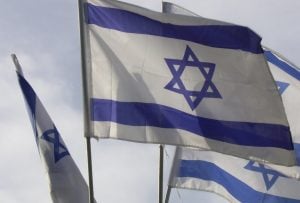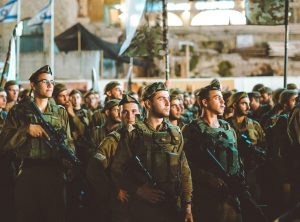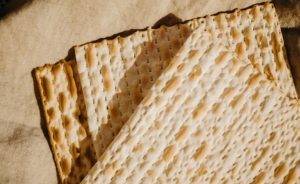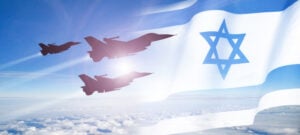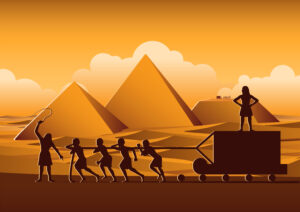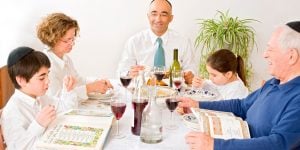Traditionally, on Shabbat and certain holidays and fast days, a passage from one of the Biblical books of the Prophets is read after the morning Torah reading, the “Haftorah”.
Both the Torah and the Haftorah texts derive from the Hebrew Bible. The Torah consists of the Five Books of Moses: Genesis, Exodus, Leviticus, Numbers and Deuteronomy, and covers the period of time from the creation of the world until the death of Moses. According to Jewish tradition, the Torah is considered to be the written law given by God to Moses at Mt. Sinai.
On the other hand, the Haftorot are writings sourced in the men and women identified in the Hebrew Scriptures as the “Prophets,” or “Nevi’im.” These individuals followed in Moses’ footsteps as lights of holiness and closeness to God who were designated by God to speak to the people and convey a message or teaching to the entire community in relation to the times.
Origins
Who chose these specific passages from the writings of the Prophets and compiled the Haftorot as we know them today is not known, however it seems they was read at least as far back as Mishnaic times (1st century CE). There are two main theories as to what inspired these compliations:
• In the 2nd century BCE, under the rule of Greeks, the Jews were forbidden to read from the Torah. So in response, the Rabbis determined that a section of the Prophets be read instead, generally connected to an idea in the Torah reading that would have been read that week. This custom remained even after the decree was nullified.
• An another explanation offered by some more recent Jewish scholars is that the Haftorah reading was instituted to combat the influence of those sects in ancient Israel that viewed the Torah as consisting only of the Five Books of Moses. By giving a place to the prophets on the Shabbat service, the message was sent regarding the precedence of the Oral law as well.
Which Prophets are Read?
 Although fifty-five prophets are named in Hebrew scripture, including Moses, only a select few have their writings included in the Haftorah readings. The Babylonian Talmud (Megillah 29b) suggests that a Haftorah should relate to the Torah reading of the day, and so it is usually linked to a theme from the Torah reading, including on the Jewish holidays. Many weeks, however, the Shabbat morning Haftorah bears no relationship to that day’s Torah reading, but is instead geared to related events on the Jewish calendar.
Although fifty-five prophets are named in Hebrew scripture, including Moses, only a select few have their writings included in the Haftorah readings. The Babylonian Talmud (Megillah 29b) suggests that a Haftorah should relate to the Torah reading of the day, and so it is usually linked to a theme from the Torah reading, including on the Jewish holidays. Many weeks, however, the Shabbat morning Haftorah bears no relationship to that day’s Torah reading, but is instead geared to related events on the Jewish calendar.
The connection between the Torah reading and Haftorah is indeed sometimes very subtle, yet each time it reveals the interconnected beauty of the Jewish Biblical canon, whose teachings remain a guide of truth and justice to this very day.

